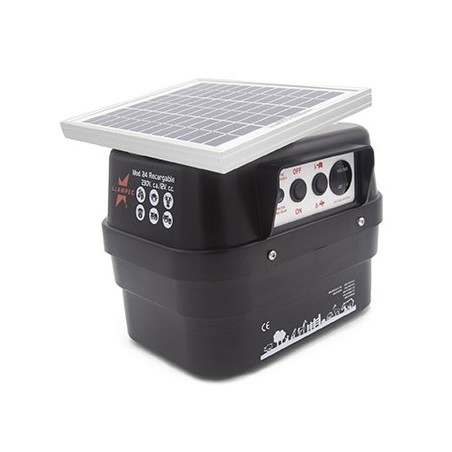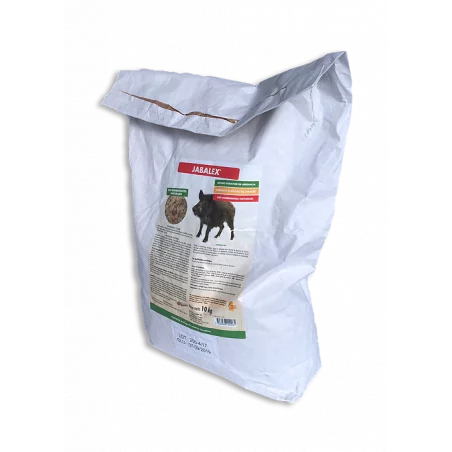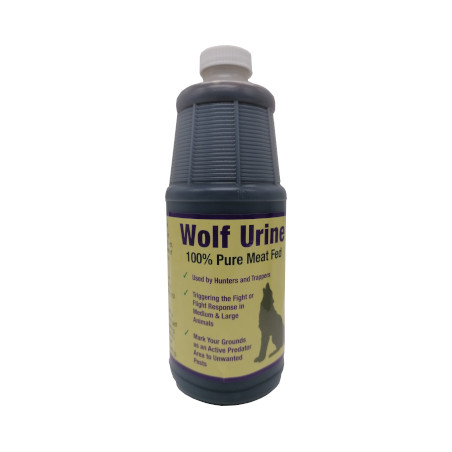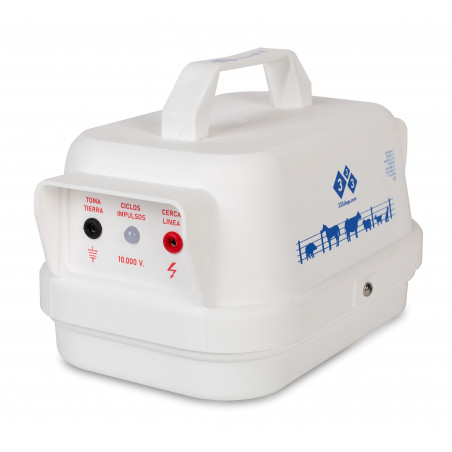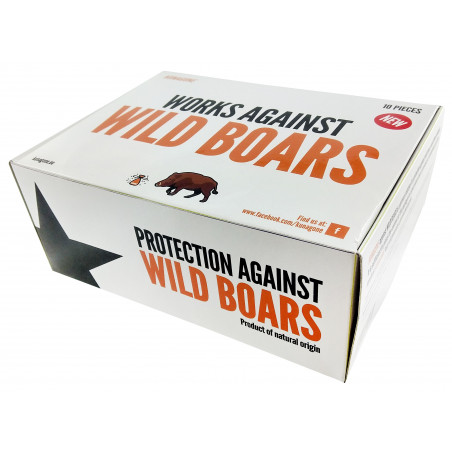The OIE, together with the FAO and the European Commission has published an  updated manual about African swine fever in wild boars.
updated manual about African swine fever in wild boars.
Since ASF emergence in Georgia in 2007, the disease has spread to many countries in Europe and in 2018 was detected in east Asia, where over 60 percent of global domestic pig inventories are found.

The spread of the African Swine Fever virus genotype ii into the eurasiatic wild pig population was unprecedented; the increased densities in wild pig that had taken place in eastern and central europe over the past few decades was a prime environment for the ASF virus to expand its geographical distributional range. Climate change and extensive cereal production enhanced local wild pig densities and expanded their geographical distribution. Besides these general tendencies, hunting management boosted wildlife abundance by curbing the hunting of wild sows thereby maintaining or increasing the local reproductive stock. Similar to the epidemiological situation in wild swine in europe there is a heightened risk for ASF endemicity in east and Southeast Asia and further progressive global spread with unpredictable consequences. The control of ASF when wild pig populations are involved in the transmission and maintenance cycle represents an additional challenge for the veterinary and wildlife authorities, given the added complexity in disease epidemiology, lack of previous experience, the unprecedented geographical scope of the problem, and its transboundary and multi-sectoral nature.
The idea of this publication was proposed by the European Commission as a follow-up to the recommendations of the Standing Group of experts on African Swine Fever in the Baltic and eastern Europe region under the umbrella of the FAO and OIE
The purpose of this document is to provide an evidence-based overview of ASF ecology in the northern and eastern European populations of wild boar. It should briefly describe a range of practical management and biosecurity measures or interventions, which can help stockholders in the countries experiencing large-scale epidemics of this exotic disease to address the problem in a more coherent, collaborative and comprehensive way. The publication should not be viewed as an authoritative manual providing ready-made solutions on how to eradicate ASF from wild boars. The facts, observations and approaches described in the document are presented with the intention to broadly inform veterinary authorities, wildlife conservation bodies, hunting communities, farmers and the general public about the complexity of this novel disease and the need to plan wisely and coordinate carefully any efforts aimed at its prevention and control.
Wednesday, October 16, 2019/ OIE.
https://www.oie.int






